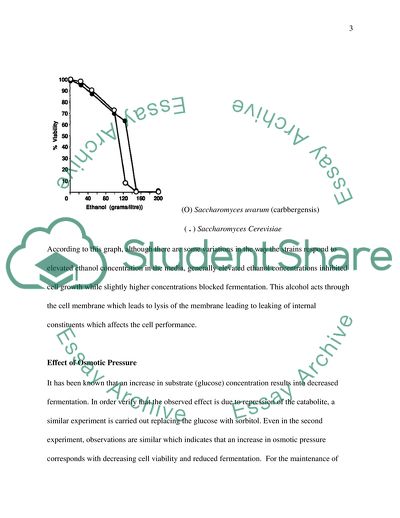Cite this document
(Fermentation Conditions for the Production of Ethanol Assignment, n.d.)
Fermentation Conditions for the Production of Ethanol Assignment. https://studentshare.org/chemistry/1759587-alcohol
Fermentation Conditions for the Production of Ethanol Assignment. https://studentshare.org/chemistry/1759587-alcohol
(Fermentation Conditions for the Production of Ethanol Assignment)
Fermentation Conditions for the Production of Ethanol Assignment. https://studentshare.org/chemistry/1759587-alcohol.
Fermentation Conditions for the Production of Ethanol Assignment. https://studentshare.org/chemistry/1759587-alcohol.
“Fermentation Conditions for the Production of Ethanol Assignment”. https://studentshare.org/chemistry/1759587-alcohol.


